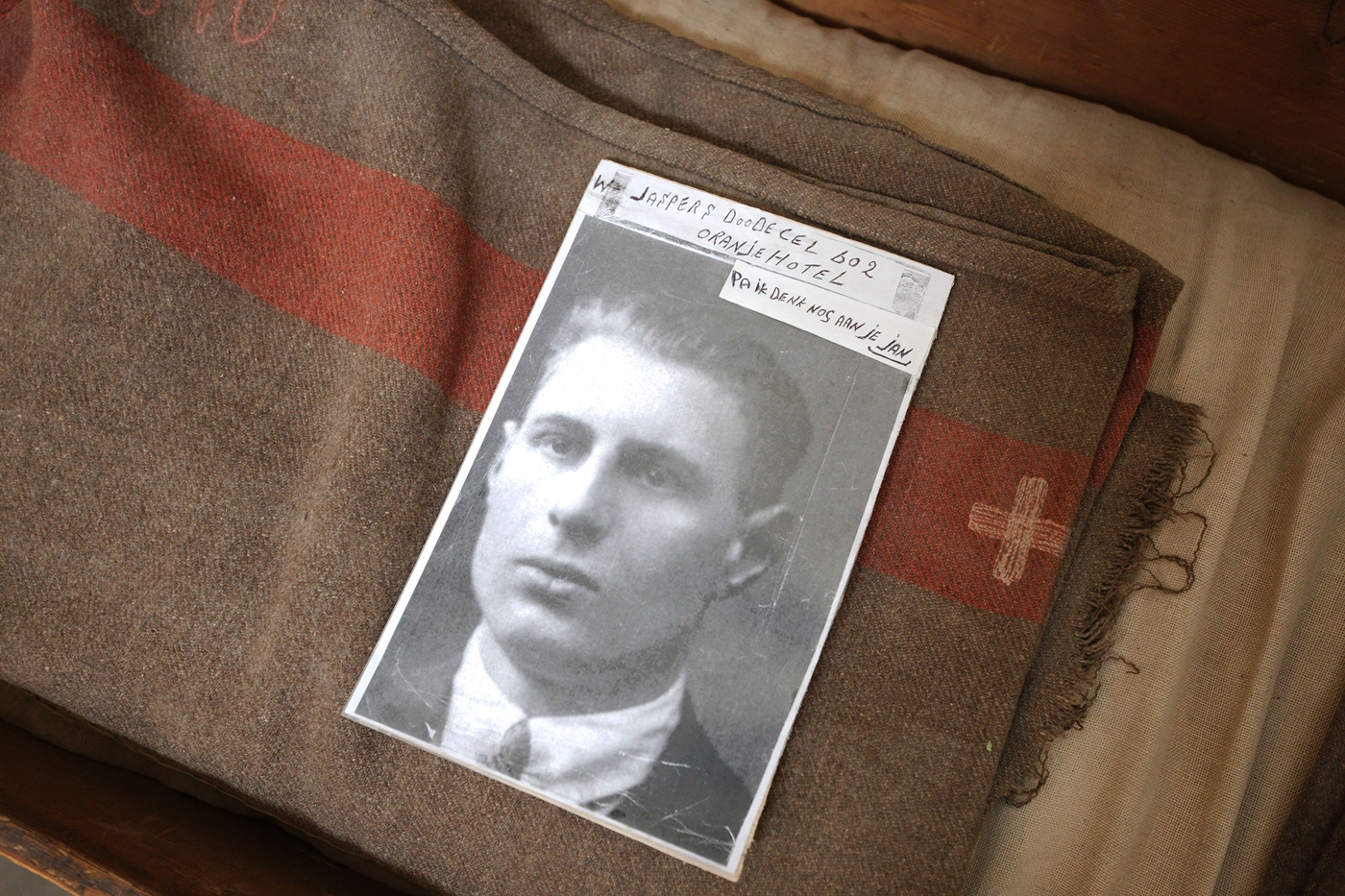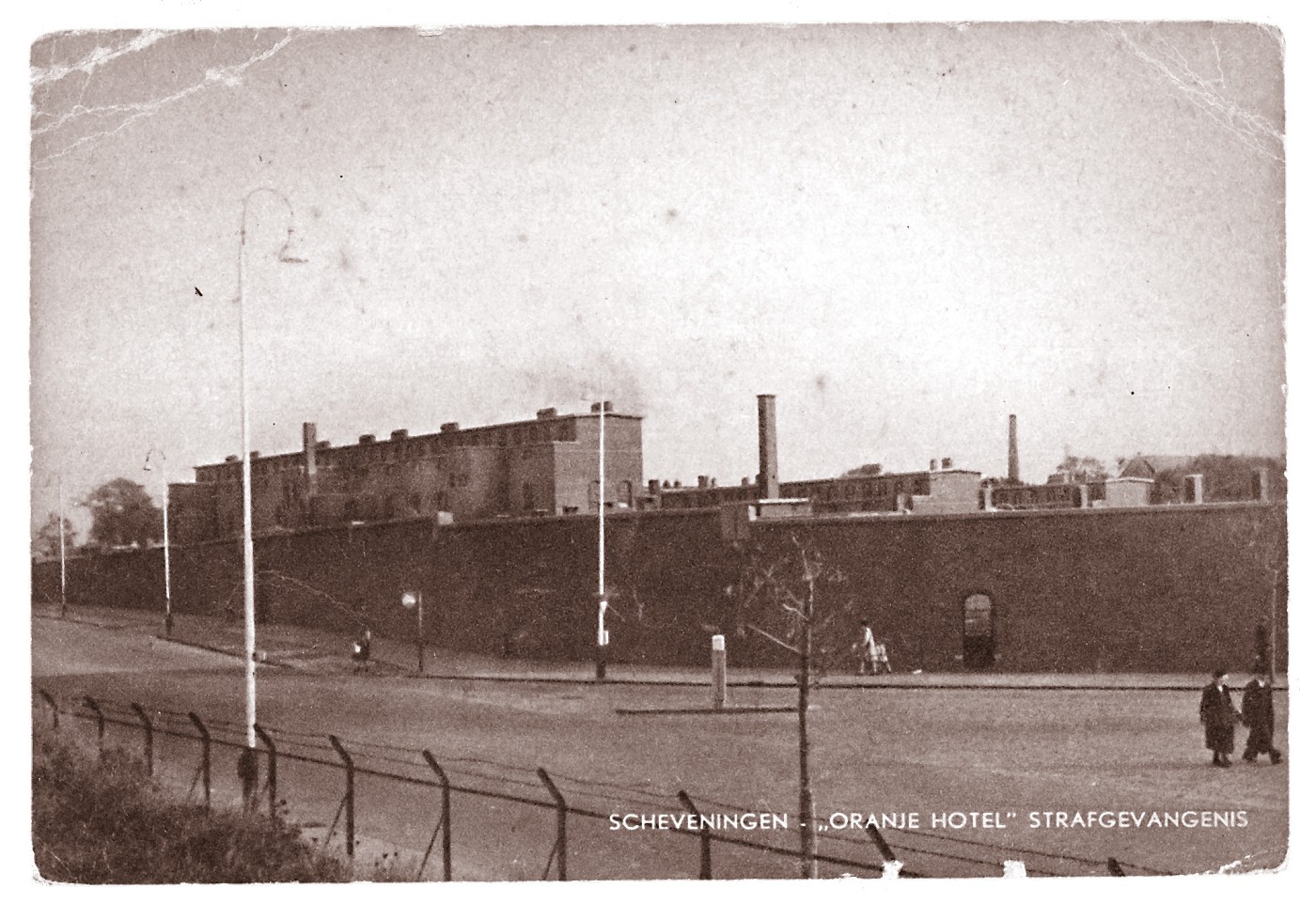Who were imprisoned here?
During the Second World War, over 25,000 people were imprisoned in the Oranjehotel. Coming from all over the country and from all walks of life, they included men, women and even children. Those who violated regulations imposed by the Germans covered a broad spectrum, comprising members of the Resistance, as well as Jews, Roma and Sinti, Jehovah's Witnesses and communists. Others were considered criminals in normal times as well, such as illegal slaughterers and those dealing on the black market. These acts became political offences during the occupation.
Names
No comprehensive register exists of all prisoners. At the end of the war, the German forces of occupation destroyed most of the prison records. Only a few lists have been preserved. In addition, two historical sources contain several names of prisoners: the Oranjehotel Memorial Book and the Death Books. Both were compiled in the early years after the Second World War and are far from complete. In the meantime, the Oranjehotel National Monument is building a digital register of names by linking information from surviving relatives with data from other sources.
Memorial book of the Oranjehotel
After the war, Major E.P. Weber, who was in charge of the Scheveningen prison from May 1945, gathered as much information as possible from prisoners as a tribute to all those who had been imprisoned in the Oranjehotel. In newspapers he appealed to former prisoners to write about their experiences. After receiving over 1,200 responses, he compiled the Memorial Book, including some of the inscriptions on the walls in the cells. The first edition of the Memorial Book appeared in 1946. A significantly expanded second edition appeared in 1947 and was reprinted in 1982. Lists of names from this work appear at the bottom of this page.
The Death Books (Doodenboeken)
The Death Books are four videotapes featuring photographs and biographies of 734 members of the Resistance who died during or after their imprisonment in the Oranjehotel. These books were composed shortly after the Second World War, based on information from relatives and friends of the deceased. Although far from comprehensive, these books are a compelling tribute to those who sacrificed their lives. The Death Books may be viewed online in the National Archives via www.gahetna.nl. One of the original books is part of the Permanent Exhibition in the Oranjehotel.
Waalsdorpervlakte
The prisoners executed on the Waalsdorpervlakte appear on the victim lists of the Association Erepeloton Waalsdorp.
Eighteen Dead (Achttien Dooden)
Eighteen special names are from the poem De Achttien Dooden by Jan Campert (1902-1943). Fifteen Geuzen and three participants in the February strikes were executed after spending their last night on death row on the Waalsdorpervlakte in the first mass execution in the Second World War on 13 March 1941.


